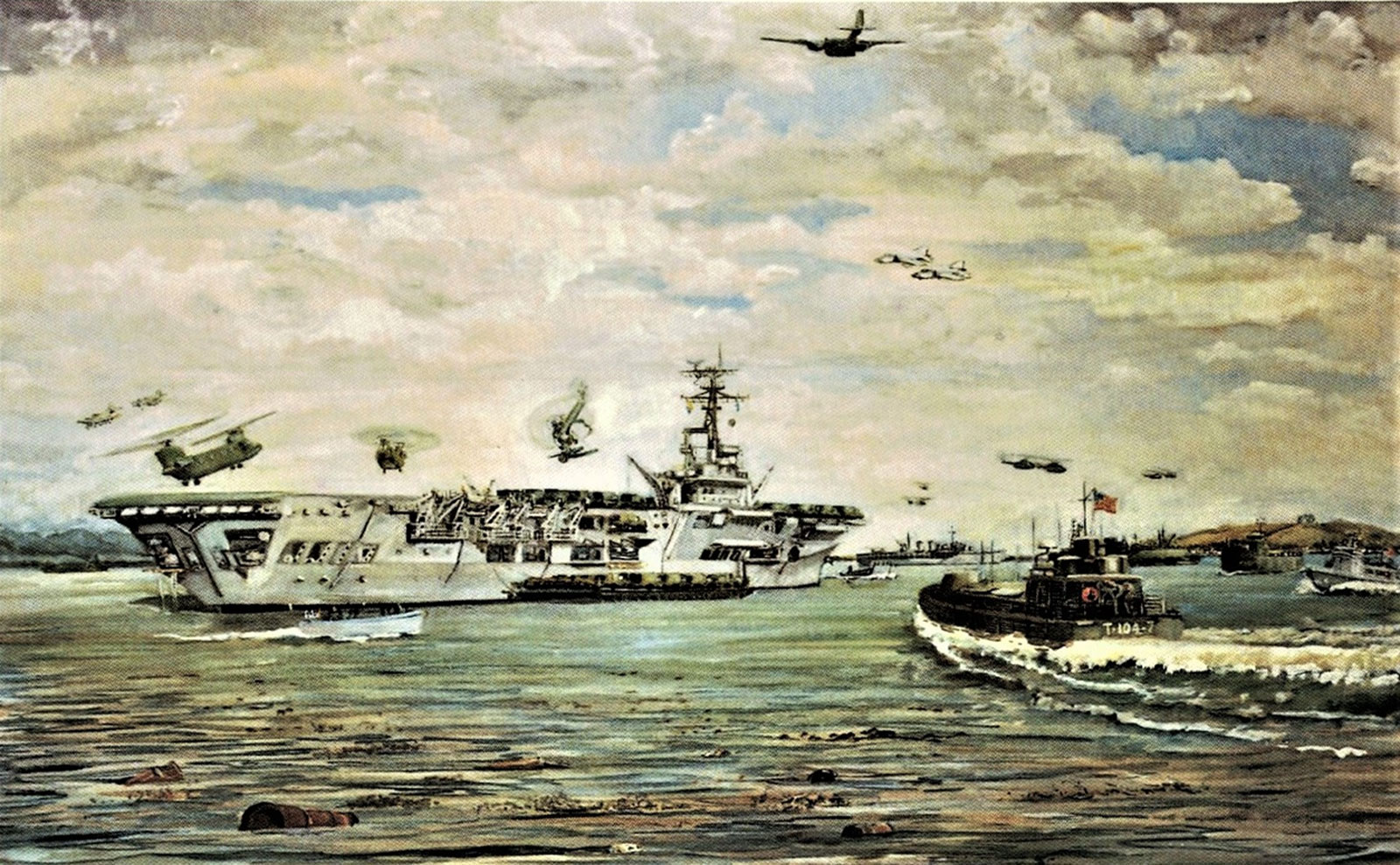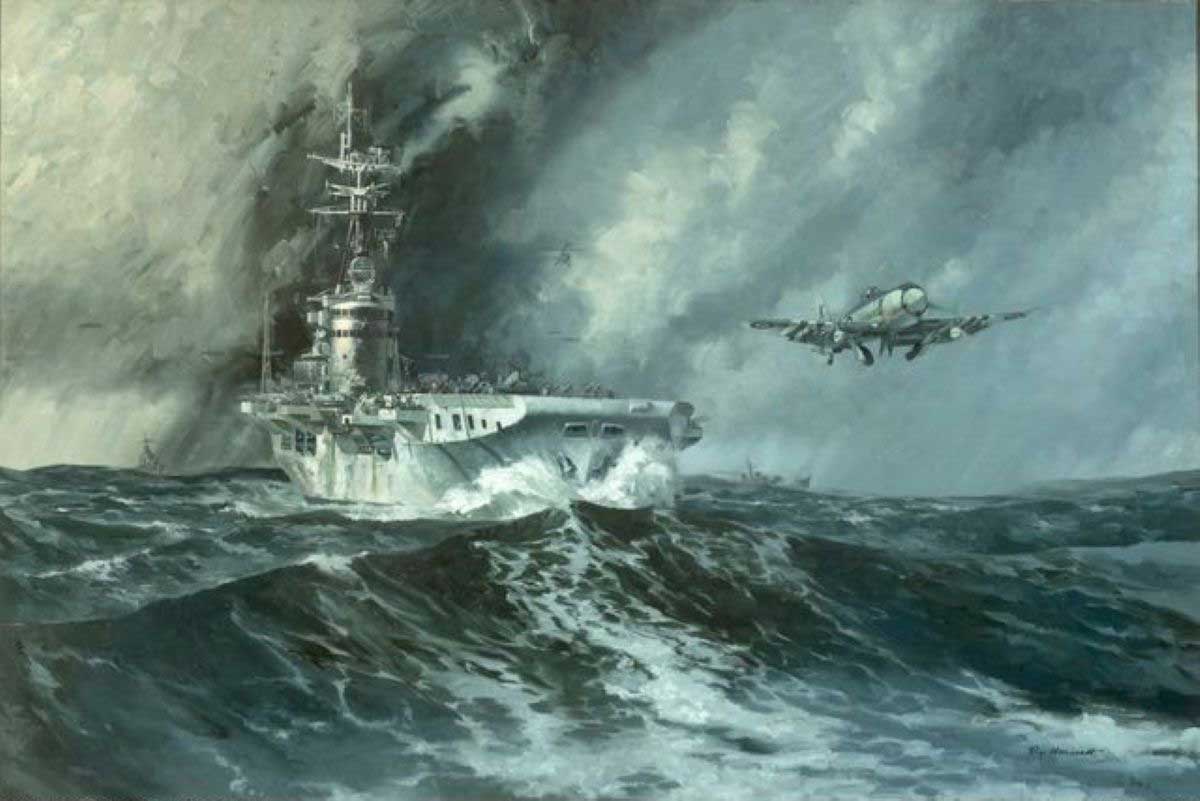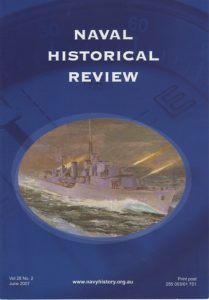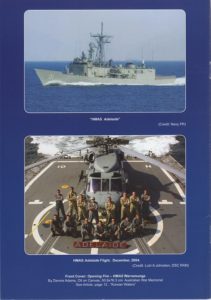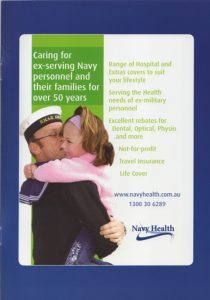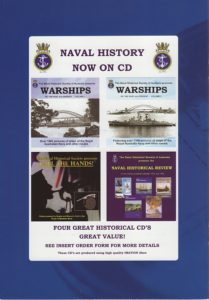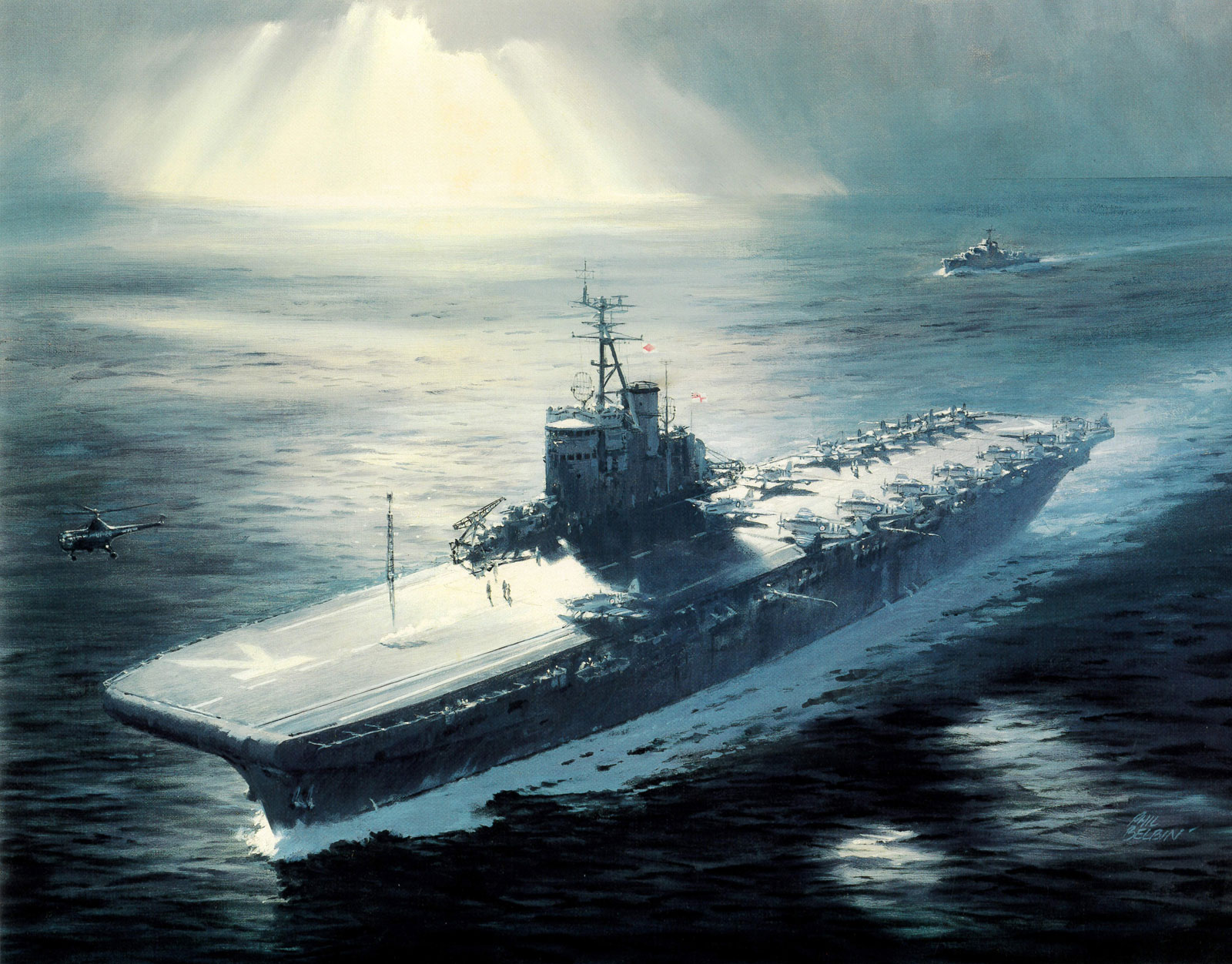
HMAS Sydney (lll)
Sydney was a Majestic Class, Aircraft Carrier/Fast Troop Transport. She was to be the first 'flat top' aircraft carrier operated by the RAN. Sydney sailed from Garden Island on 25 July to begin several months of exercising in the Tasman Sea. Her crew had to master conducting flying operations. Daylight operations, nighttime operations as well as launching and recovering aircraft in varying sea states and weather conditions were a necessary part of ensuring that the RAN's new carrier was prepared future operations. This pattern of exercises continued throughout the remainder of 1949 and into 1950.
- Commissioned
16 December 1948 - Decommissioned
12 November 1973 - Fate
Sold and broken up
